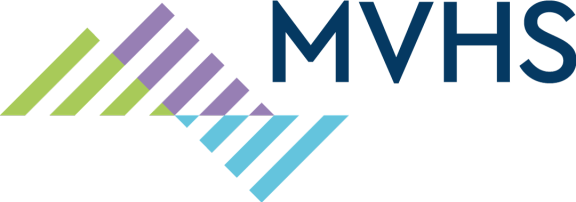Certified First Responder
The Certified First Responder (CFR) is an out-of-hospital provider whose primary focus is to initiate immediate lifesaving care to patients while ensuring patient access to the emergency medical services system. CFRs possess the basic knowledge and skills necessary to provide lifesaving interventions while awaiting additional EMS response and rely on an EMS or public safety agency or larger scene response.
- Function as part of a comprehensive EMS response, community, health, or public safety system with clinical protocols and medical oversight.
- Perform basic interventions with minimal equipment to manage life threats and medical and psychological needs with minimal resources until other personnel can arrive.
Emergency Medical Technician
An EMT is a health professional whose primary focus is to respond to, assess and triage emergent, urgent, and non-urgent requests for medical care, and apply basic knowledge and skills necessary to provide patient care and medical transportation to/from an emergency or health care facility. Depending on a patient’s needs and/or system resources, EMTs are sometimes the highest level of care a patient will receive during an ambulance transport. Many Fire Rescues responded to these emergencies as well with EMTs.
In general, EMTs:
- Function as part of a comprehensive EMS response, community, health, or public safety system with defined clinical protocols and medical oversight.
- Perform interventions with the basic equipment typically found on Ambulances or Fire Rescues to manage life threats, medical and psychological needs.
- Are an important link within the continuum of the emergency care system from an out-of-hospital response through the delivery of patients to definitive care.
This course consists of didactic hours and a field internship. Students could spend approximately: 150 to 180 hours completing the course and its requirements.
Advanced Emergency Medical Technician
The Advanced Emergency Medical Technician (AEMT) is a health professional whose primary focus is to respond to, assess and triage non-urgent, urgent, and emergent requests for medical care, apply basic and focused advanced knowledge and skills necessary to provide patient care and/or medical transportation and facilitate access to a higher level of care when the needs of the patient exceed the capability level of the AEMT. Like EMTs, this level of provider can be found on both Ambulances and Fire Rescues.
Requirements of an Advanced Emergency Medical Technicians include:
- Functioning as part of a comprehensive EMS response, community, health, or public safety system with medical oversight.
- Performing interventions with the basic and advanced equipment typically found on an ambulance and Certified Fire Rescues.
- Performing focused advanced skills and pharmacological interventions that are engineered to mitigate specific life-threatening conditions and medical and psychological conditions with a targeted set of skills beyond the level of an EMT.
- Functioning as an important link from the scene into the health care system.
This course consists of didactic hours, clinical rotations, and a field internship. Students spend approximately: 300 to 350 hours completing the course and its requirements.
Paramedic
The paramedic is a health professional whose primary focus is to respond to, assess, and triage emergent, urgent, and non-urgent requests for medical care, apply basic and advanced knowledge and skills necessary to determine patient physiologic, psychological, and psychosocial needs, administer medications, interpret and use diagnostic findings to implement treatment, provide complex patient care.
Paramedics will be trained to:
- Function as part of a comprehensive EMS response, community, health, or public safety system with advanced clinical protocols and medical oversight.
- Perform interventions with the basic and advanced equipment typically found on an ambulance, including diagnostic equipment approved by an agency medical director.
- May provide specialized interfacility care during transport.
- Are an important link in the continuum of health care.
This course consists of didactic hours, clinical rotations, and a field internship. Students could spend approximately: 1,200 to 1,800 hours completing the course and its requirements.
Faxton St. Luke’s Healthcare EMS Education Paramedic Program is Fully accredited. For more information, go to: www.midstateems.org/paramedic-program/
CME Core Content Classes.
A Continuing Medical Education (CME) Recertification Program is a state-wide recertification option that allows a Certified First Responder (CFR), Emergency Medical Technician (EMT), Advanced Emergency Medical Technician (AEMT), Emergency Medical Technician – Critical Care (EMT- CC), or Paramedic to renew certification without the need to complete a cognitive or psychomotor certification examination.
This course allows providers to obtain a refresher in all the core content needed for the CME Recertification program.
Certified Lab Instructor Course
A Certified Laboratory Instructor is a person certified pursuant to these regulations to instruct in psychomotor skills, candidates in courses leading to certification as a certified first responder, emergency medical technician, advanced emergency medical technician, and Paramedic.
Certified Instructor Update Course
An Update class for NYS Certified instructors to help keep up to date with Information and training on education and Education techniques for EMS classes. This class is a key component in Certified Instructor recertification.

